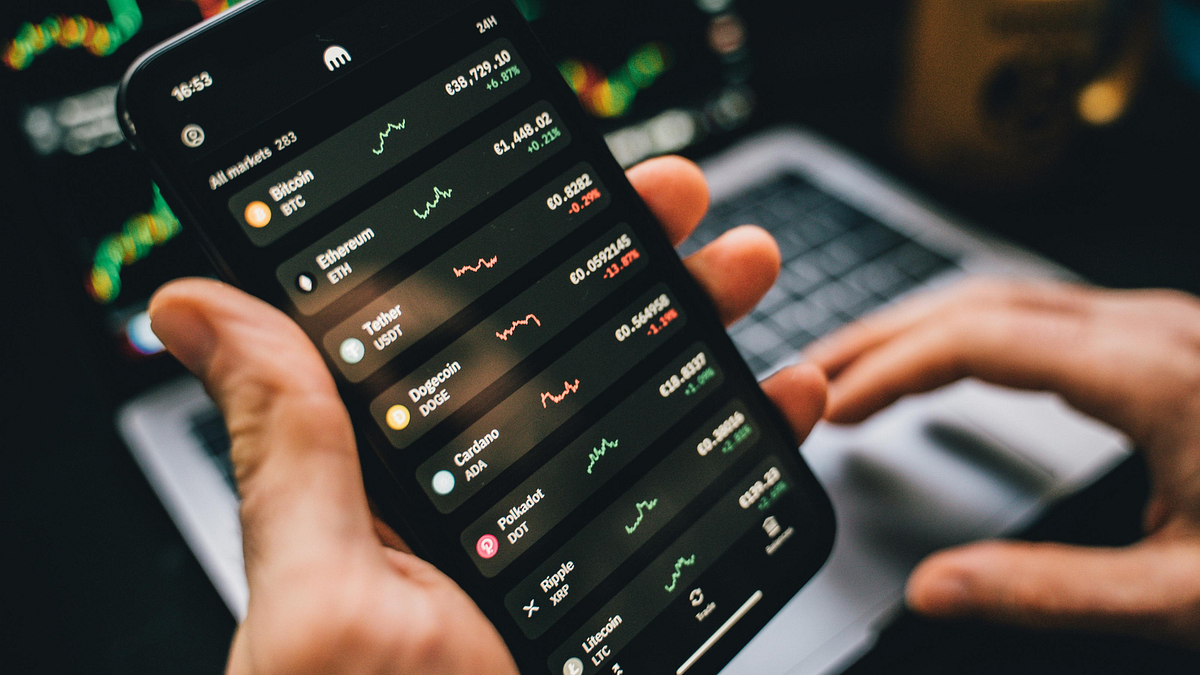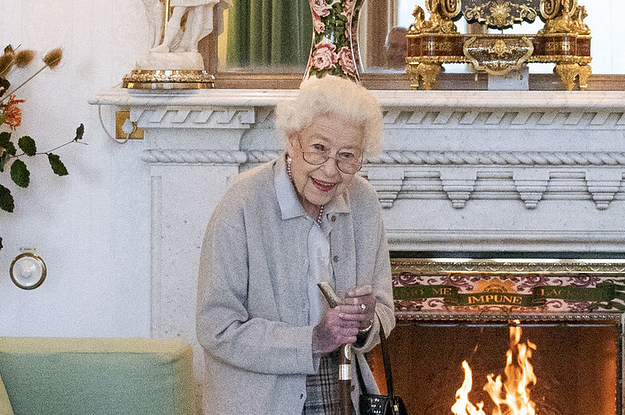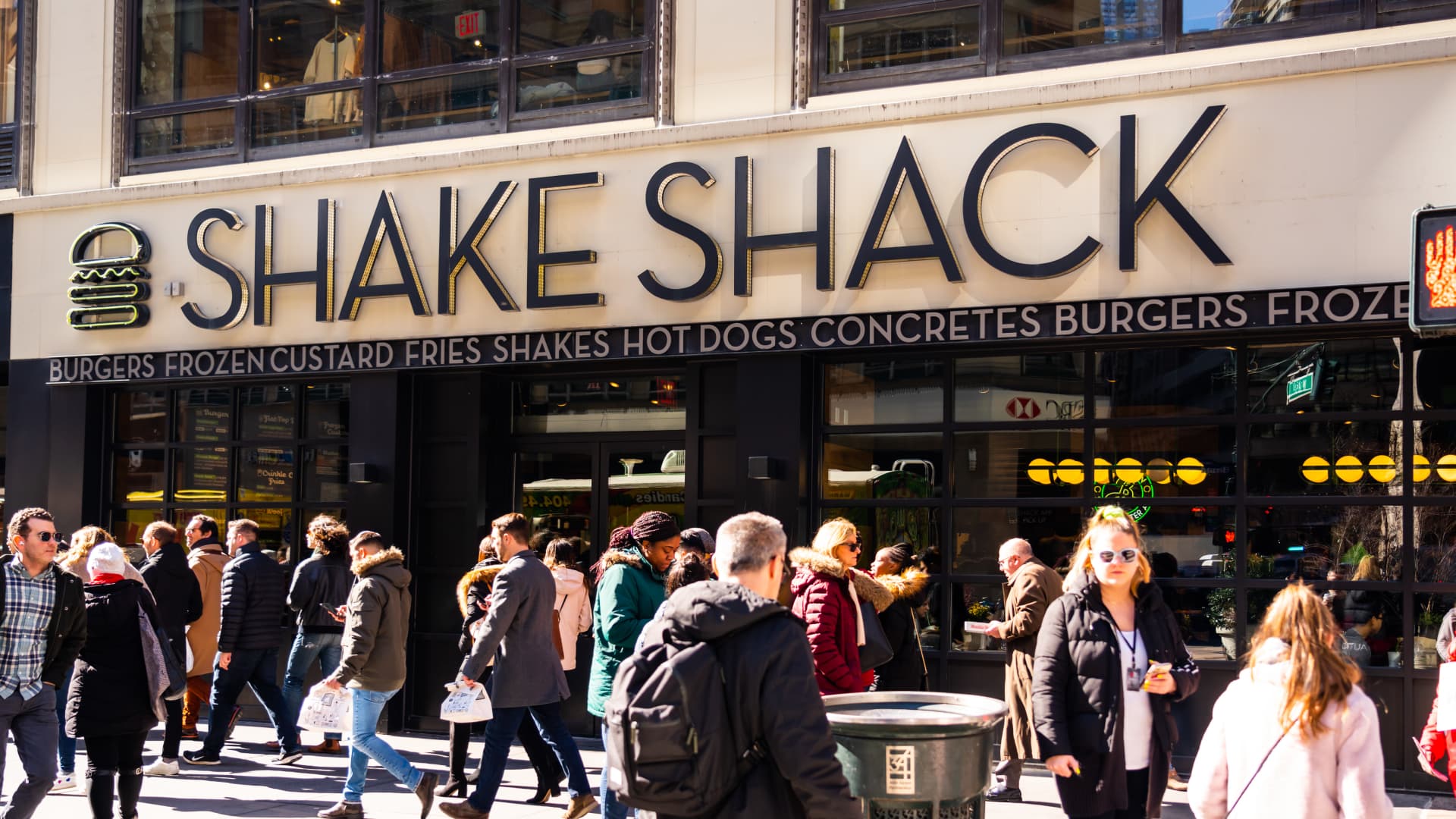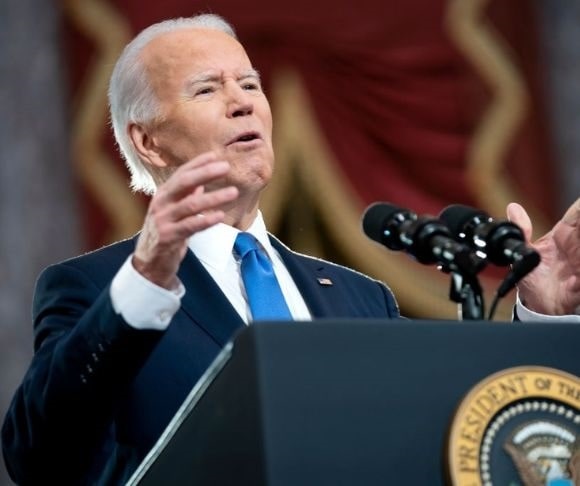NFTs went berserk in 2021, but in 2022, utilities are necessary for every successful NFT project. Utility NFTs on the blockchain are more than just JPEGs. Examples of utility include the ability to redeem physical goods, priority access to other NFT projects, membership to select clubs, and early access to concerts when you purchase an NFT. Redeemability is a utility that is becoming increasingly well-liked these days.
NFT For Physical Assets give the holder access to tangible goods. It is the ideal utility for many brands because, by choosing Physical NFTs, brands give those who still think of NFTs as simple JPEGs a tangible benefit.
So how do companies use physical NFTs to develop highly effective campaigns? To figure it out, let’s examine five of the most effective recent Physical NFT campaigns.
Adidas entered the metaverse in late 2021, where 30,000 NFTs were up for grabs. These NFTs were sold within minutes at the public launch, which gave exclusive access to the sandbox, with an added advantage of physically redeemable merchandise.
Adidas has a great opportunity with physical NFTs. Streetwear and sneakerheads are accustomed to vying for limited-edition product releases, so it is not uncommon to see them stand in line for hours or days to obtain an extremely rare pair of sneakers. Physical NFTs merely provide a fresh method of providing these drops and immediately trading these assets.
This retail giant launched its first-ever NFTs, which showcased an NFT hoodie art that unlocks physical clothing. It collaborated with Brandon sines, the man behind the Frank Ape cartoon, where the collection is based on an energy-efficient algorithm on the Tezos chain. This is the most limited edition GAP clothing ever produced, with only 100 pieces made.
RTFKT has created next-gen sneakers and collectibles for the metaverse. To make this an exciting one, they have sent a physical pair of sneakers with each of the open edition NFT. However, the holder who owned it exactly 6 weeks after the drop had the opportunity to redeem the physical sneaker. Moreover, Nike acquired the RTFKT in December 2021.
4. Damien Hirst
He has launched his second physical NFT campaign, “The Empresses.”Each one represented ownership of a physical print, where the owner has 3 years to decide the future of the NFT.
Here is what the owners have got to do:
- The NFT will be burned after the physical print has been redeemed.
- Have the physical artwork destroyed and keep the NFT.
- Trade the NFT and leave the decision to the new owner.
His first project, The Currency, had 10,000 NFTs, where the owners have got only a year to decide on the NFT’s future.
The “The Currency” project sold out in a matter of minutes, and according to Artnet, “a total of 1,571 sales on secondary market NFT platforms have been made since the project launched in July.” Only 522 NFTs have been exchanged for physical tokens since the exchange period began on February 12th, 2022, which is another intriguing statistic.
In Jan, Patron, the tequila brand, launched its first-ever NFT collection with Block bar. The NFT gives you the right to redeem the corresponding bottle of tequila whenever you want as well as proof of ownership & authenticity. Actually, the NFT holder has two options: they can safely trade their NFT version within the Block bar marketplace, or they can redeem the physical bottle and have it delivered. You might be wondering where the actual bottles are kept. BlockBar keeps each bottle in a secure facility in Singapore that has temperature control, motion detectors, and 24-hour security. Pretty cool, right?
Being in a physical environment, every day, you get to see many goods that are just an asset in this space. However, when you make a physical asset NFT happen, you get many benefits from them, and that is their specialty. Here, you see the projects above, and they are the perfect examples of those benefits. Moreover, you get a physical redeemable good in the real world.















